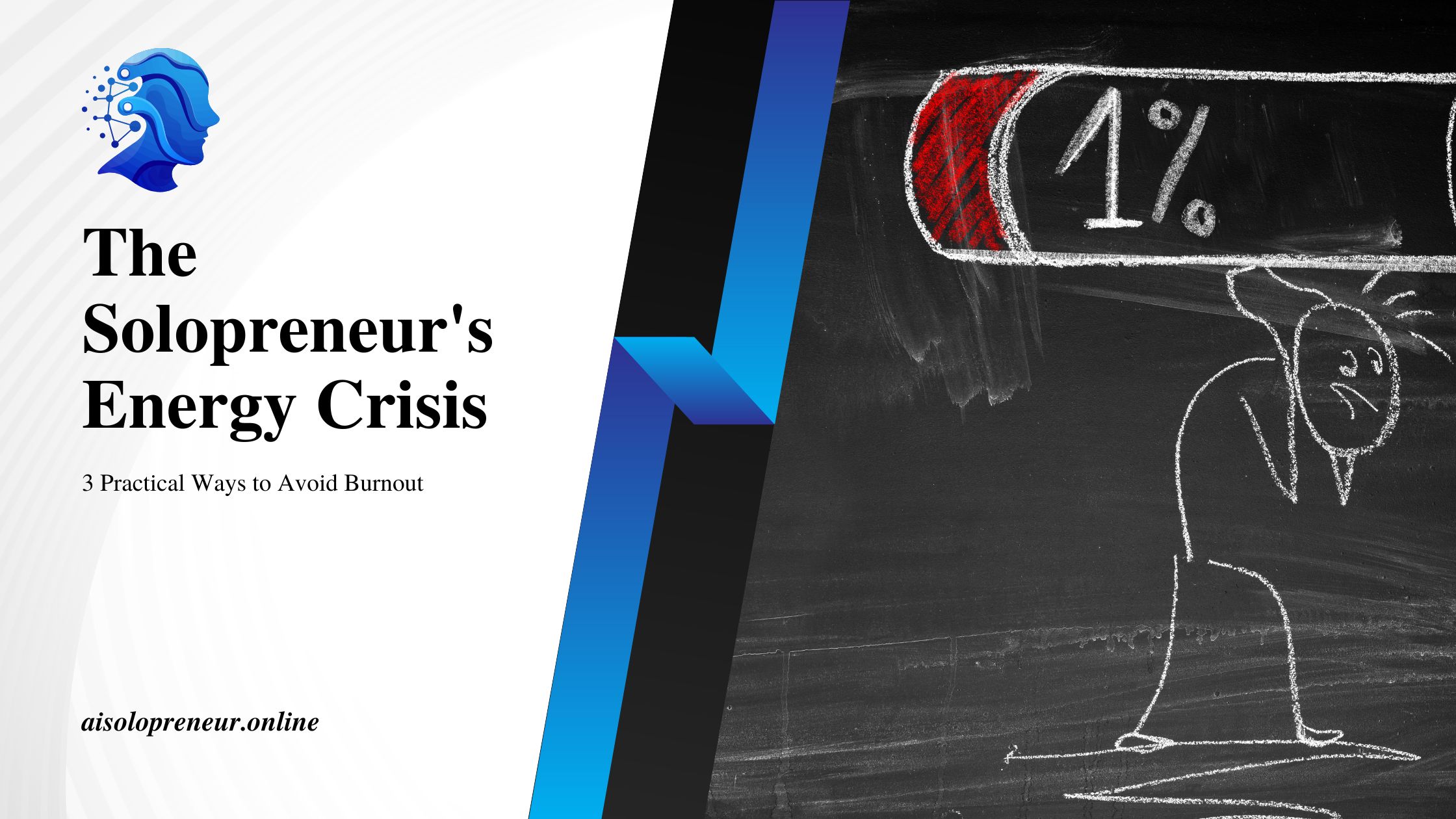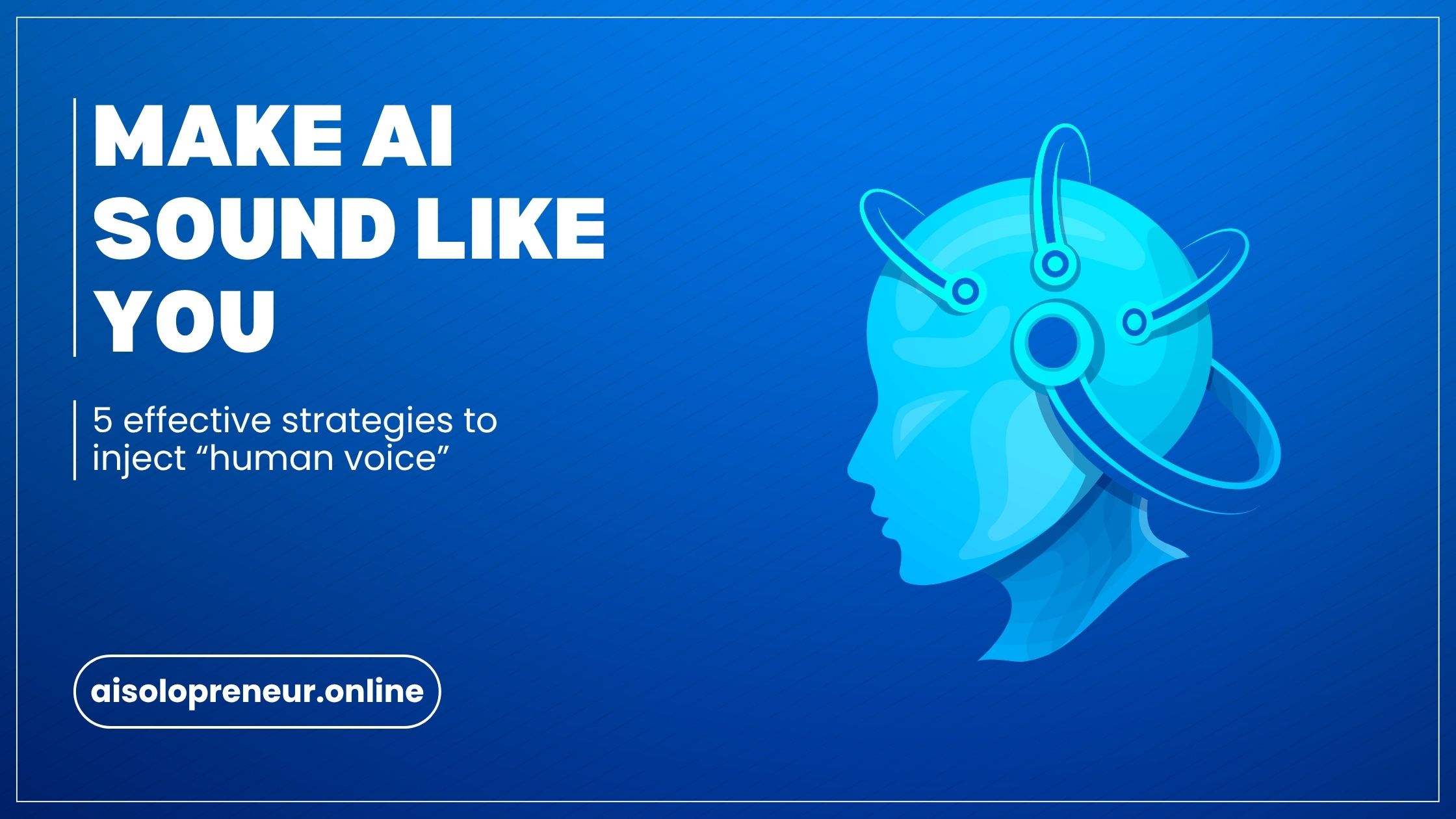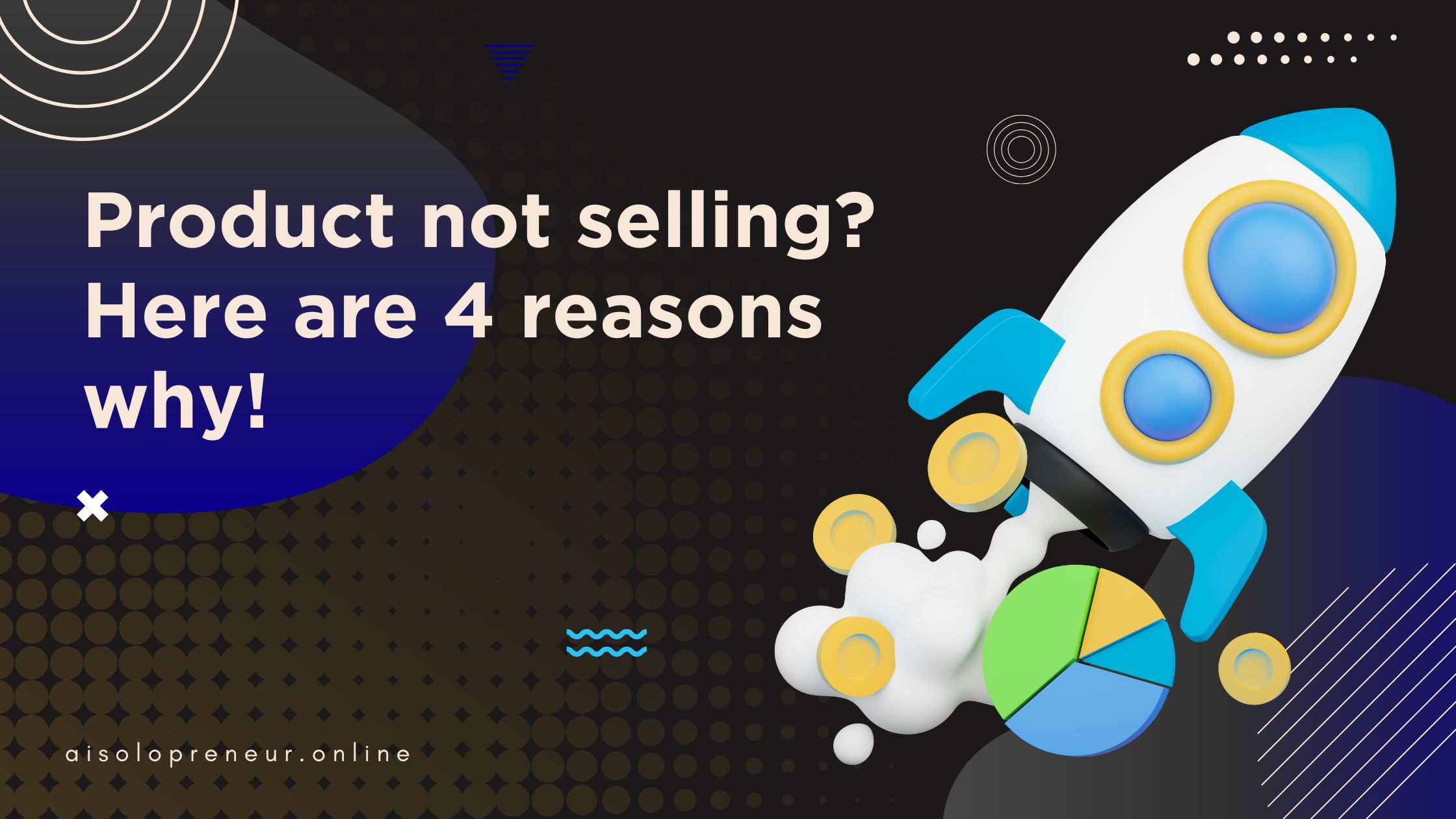You started your business for freedom. But lately, if you’re being honest, it feels more like a prison.
You’re working longer hours than you ever did at a 9-to-5 job. You’re mentally exhausted by the end of the day, your creativity feels drained, and the passion that once fueled you is starting to fade into a low-level anxiety. You’re just trying to survive, not thrive. This is the solopreneur’s energy crisis, and it’s the single biggest threat to your business.
The common advice you hear—”take a vacation” or “just relax”—is useless when you’re the only one running the show. The solution isn’t to stop working; it’s to start working differently. In this post, I’m going to share 3 practical, system-based ways to avoid burnout while still growing your business.
1. Conduct an “Energy Audit” (And Be Brave Enough to Fire Your Worst Clients)
We often think of “work” as one big, monolithic block of time, but not all work is created equal. Some tasks, some projects, and even some clients drain our energy far more than others. The first step to solving your energy crisis is to figure out where the leaks are.
This is how you conduct an “Energy Audit.” Take a piece of paper or open a new document and draw two columns: “Energy Drains” and “Energy Gains.”
For one full week, I want you to be mindful of your work. At the end of each day, jot down the tasks that left you feeling exhausted, frustrated, or resentful in the “Drains” column. Then, write down the tasks that made you feel energized, creative, and in a state of flow in the “Gains” column.
Be brutally honest. Maybe you’ll find that tedious admin work like bookkeeping is a major drain. Or maybe, just maybe, you’ll discover that one specific client takes up 80% of your mental energy for only 20% of your income.
Your actionable advice is simple: systematically eliminate or delegate the top one or two items from your “Energy Drains” list. This might mean hiring a virtual assistant for a few hours a week to handle the admin work you hate. Or it might mean making the brave decision to “fire” that difficult client. It might feel scary to let go of income, but your energy is your most valuable business asset. You must protect it as fiercely as you protect your money.
2. Implement a “Digital Sabbath” (The Power of Scheduled Disconnection)
The modern solopreneur lives with the pressure to be “always on.” You feel like you need to check your email at dinner, respond to social media comments at 10 p.m., and constantly monitor your sales dashboard. This prevents your creative brain from ever truly resting and recharging.
The solution is to schedule disconnection. I want you to implement a “Digital Sabbath”—a non-negotiable block of time each week where you completely disconnect from all business-related technology.
Start small if you need to. Maybe it’s just Saturday morning. The rules are simple: no checking email, no scrolling social media, no looking at your analytics.
Why is this so powerful? Because your best, most creative ideas don’t come when you’re staring at a screen. They come when your mind is at rest—when you’re on a walk, in the shower, or reading a book unrelated to your work. Boredom is a feature, not a bug, for creativity. It’s the space where your brain connects old ideas to form new ones.
Here’s your actionable advice: Pull out your calendar right now and schedule your first 4-hour Digital Sabbath for the upcoming weekend. Treat it like the most important meeting of your week, because it is. Growth doesn’t come from being “on” all the time; it comes from the quality of your ideas, which requires you to be “off.”
3. Create a “Stop Doing” List (Not a To-Do List)
We are conditioned to believe that productivity is about adding more tasks to our list and getting more done. For a solopreneur on the verge of burnout, this is a dangerous lie. True productivity isn’t about doing more; it’s about strategic abandonment.
The Technique: At the end of each week, I want you to create a “Stop Doing” list. Identify one single thing you are going to stop doing in the week ahead.
This isn’t about being lazy; it’s about being strategic.
- Is there a social media platform you hate using that brings you almost no results? Stop posting there.
- Is there a daily report you check that gives you no actionable data and only causes you anxiety? Stop checking it.
- Is there a “good idea” for a project that’s been sitting on your to-do list for months that you never actually get to? Stop letting it take up your mental space. Cross it off. For good.
Your actionable advice is to identify your first “Stop Doing” item for next week. It should feel slightly uncomfortable, but it should also feel liberating. You are not giving up; you are focusing. You are eliminating the things that don’t matter to create more space for the things that do.
Conclusion: You Are the Asset
Let’s recap the strategies: conduct an Energy Audit, implement a Digital Sabbath, and create a “Stop Doing” list.
These aren’t indulgences; they are essential maintenance. Your business is just a system. You are the asset that runs the system. If the asset breaks down, the business breaks down.
Building these kinds of sustainable systems into the DNA of your business is the core of what I teach. If you’re ready to build a business that supports your life, not consumes it, the AI-Powered Solopreneur 30-Day Challenge is your complete roadmap.



